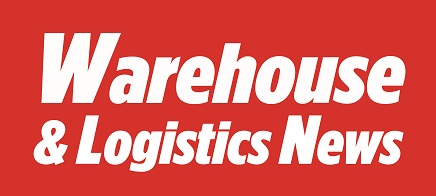Forklift accidents are like an octopus with far more than eight tentacles. They reach into many areas, some of which are much less obvious than others in terms of their latent risks. Take, for example, the burgeoning market in second-hand trucks. This, as most users should know, is fraught with extra risks, like unscrupulous dealers resorting to illegal falsification of documents supporting a sale. But what about truck modifications that may have been done before the second-hand purchase or, indeed, done by oneself? These could prove suitable fodder for an accidentrelated court case if the modifications are not factoryapproved because they could adversely affect lift capacity, stability or safety requirements.
 The ruling on truck modifications is clear enough in BS EN ISO 3691-1:2015 which states that “unauthorised modification is not permitted.” In principle, of course, there is nothing wrong with carrying out truck modifications to undertake new truck tasks like using modified drive-in racking but it is a skilled task requiring specialised engineering know-how that may only be available to the truck manufacturer.
The ruling on truck modifications is clear enough in BS EN ISO 3691-1:2015 which states that “unauthorised modification is not permitted.” In principle, of course, there is nothing wrong with carrying out truck modifications to undertake new truck tasks like using modified drive-in racking but it is a skilled task requiring specialised engineering know-how that may only be available to the truck manufacturer.
An example would be where a cab-pillar section was removed and re-welded. If the modifier does not have knowledge of the exact material grade used in manufacture it could prove impossible to certify the welding, and the likelihood is that it would not pass the ISO 6055 impact test. Truck modifications can, of course, include attachments. These come in many guises, like fork extensions that could seriously de-stabilise a truck, to fork-mounted ‘safe’ access platforms advertised as though permitted for routine use. To save money some truck users resort to crude or informal modifications such as adding additional weight in the form of drums filled with water to increase a counterbalanced truck’s lift capacity. Making up an access platform from a wooden pallet fitted with one’s own pallet surround hand rails would not pass muster either. So the warning here is be very wary of widely-advertised truck modification services unless they are from the OEM because if something goes wrong the buyer cannot plead ignorance because such unauthorised modifications may mean inadvertently taking on the responsibilities of being the equipment manufacturer.
Another area where safety could be more easily overlooked is in the rigour of the training needs. There are many tailored types of forklifts designed for specific purposes where there seems to be a more casual or blasé attitude that runs along the lines of: “It’s not a ‘proper truck’, so it’s pretty low risk and training is not really necessary.” This would mean operators trained to use a ride-on truck do not always receive additional training when they start using a pedestrian-operated truck, which have key differences and different risks. The result is that many workplace injuries derive from pallet and stacker trucks. Driver familiarity with one kind of truck does not mean the user will be safe to drive a different kind of truck and so conversion training is essential. Extra care is needed when advertising for temporary relief drivers during busy periods whose first language may not be English. It is important, therefore, that job advertisers ask their recruitment agencies for drivers with experience in driving specific types of trucks, with supporting documentation to back it up, plus a test under safe conditions. Driving an articulated truck, for example, requires a different skills set than drivers using conventiona,l counterbalanced trucks.





Comments are closed.